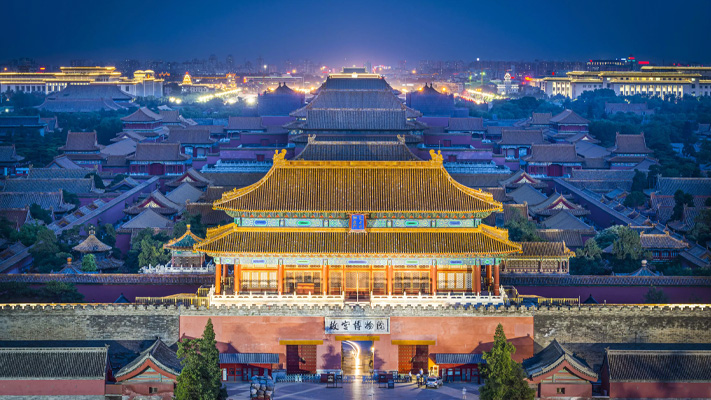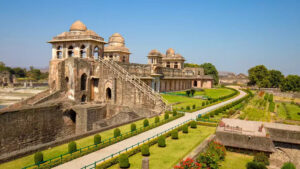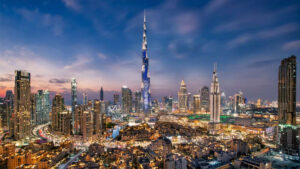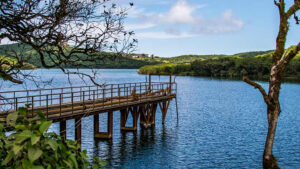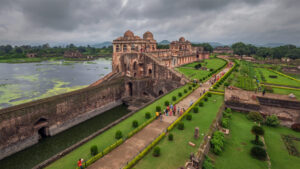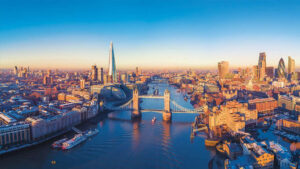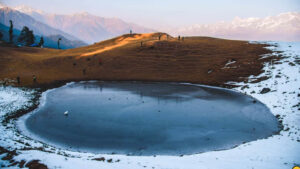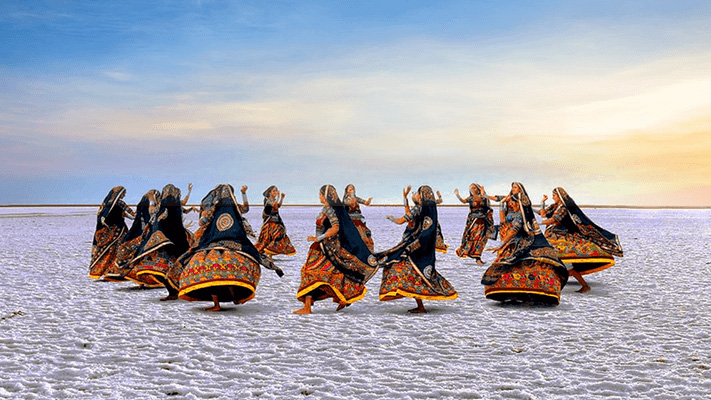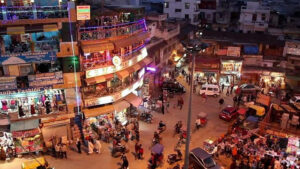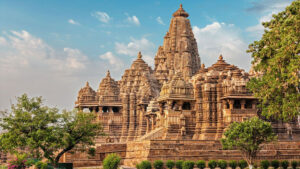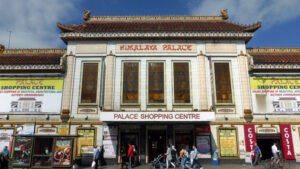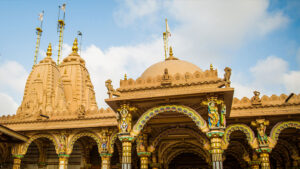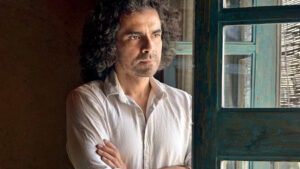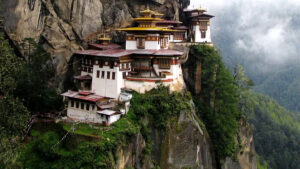FORBIDDEN CITY, BEIJING, CHINA – STEP INTO HISTORY AND UNVEIL THE SECRETS

The Forbidden City, located in Beijing, China, is a magnificent imperial palace complex that holds immense historical and cultural significance. Here is some information about the Forbidden City:
The Forbidden City, also known as the Palace Museum, is a vast architectural masterpiece that served as the Chinese imperial palace from the Ming dynasty to the end of the Qing dynasty. It was the residence of the emperors and their households, as well as the ceremonial and political center of the Chinese government for over 500 years.

The complex covers an area of 180 acres and consists of 980 surviving buildings, making it the largest and most well-preserved ancient wooden structure in the world. The buildings feature traditional Chinese architectural styles with intricate detailing, colorful decorations, and exquisite craftsmanship.
Visitors to the Forbidden City can expect to be awed by its grandeur, stunning architecture, and rich historical artifacts. Here are some highlights and experiences to expect:
1. Explore the Imperial Palace: Walk through the vast courtyards, magnificent halls, and serene gardens of the Forbidden City. Marvel at the architectural beauty and intricate designs of the buildings, including the Hall of Supreme Harmony, Hall of Central Harmony, and Hall of Preserving Harmony.
2. Admire the Imperial Collections: The Palace Museum houses an extensive collection of imperial treasures, including exquisite artwork, imperial robes, porcelain, jade artifacts, and ancient manuscripts. Explore the various galleries and exhibition halls to appreciate the cultural and artistic heritage of China.
3. Experience Imperial Ceremonies: Witness reenactments of traditional imperial ceremonies, such as the Changing of the Guards or the Emperor’s Wedding, which offer insights into the grandeur and rituals of the imperial era.
4. Discover Imperial Gardens: Take a leisurely stroll through the Imperial Gardens, such as the Imperial Garden and the Hall of Mental Cultivation Garden, and enjoy the serene ambiance, beautiful landscaping, and ancient trees that have witnessed centuries of history.
5. Learn about Chinese History: The Forbidden City provides a fascinating glimpse into China’s imperial history, offering educational opportunities to learn about the dynasties, emperors, and the lives of the royal families. Audio guides and guided tours are available to provide in-depth information and storytelling.
6. Enjoy Scenic Views: Climb to the top of Jingshan Park, located just north of the Forbidden City, to enjoy panoramic views of the entire complex. Capture breathtaking photos of the palace rooftops against the backdrop of Beijing’s skyline.
Visiting the Forbidden City is like stepping back in time and immersing oneself in China’s imperial past. It offers a remarkable journey through history, architecture, art, and culture, making it a must-visit attraction for travelers to Beijing.
Top Attractions and Must Visit Places
When visiting the Forbidden City in Beijing, China, there are several top attractions and must-visit places within and around the complex. Here are some of the highlights:

1. Hall of Supreme Harmony: This grand hall is the largest and most important building in the Forbidden City. It served as the ceremonial center for imperial events and is known for its impressive architecture and intricate decorations.
2. Hall of Central Harmony: Located between the Hall of Supreme Harmony and the Hall of Preserving Harmony, this hall was used by the emperor for preparation and rest during important ceremonies.
3. Hall of Preserving Harmony: This hall was where the emperor held banquets and important meetings. It features beautiful carvings and is a significant structure within the complex.
4. Imperial Garden: Situated at the northern end of the Forbidden City, the Imperial Garden is a peaceful retreat filled with lush greenery, elegant pavilions, and ancient trees. It offers a serene atmosphere and a pleasant place to stroll and relax.
5. Palace of Heavenly Purity: This palace was the residence of the emperor and his empress. It contains various chambers and halls with exquisite furnishings and imperial artifacts.
6. Treasure Gallery: Located in the northeastern corner of the Forbidden City, the Treasure Gallery houses a collection of precious artifacts, including gold, silver, jade, and precious stones that were used by the imperial family.
7. Clock and Watch Gallery: Situated within the Palace Museum, this gallery showcases a collection of ancient clocks and watches, displaying the impressive craftsmanship and technological advancements of the time.
8. Jingshan Park: Just north of the Forbidden City, Jingshan Park offers a panoramic view of the entire complex. Climbing to the top of Jingshan Hill provides a breathtaking vista of Beijing’s skyline and a unique perspective of the Forbidden City.
9. Beihai Park: Located to the west of the Forbidden City, Beihai Park is a beautiful imperial garden with a serene lake, pavilions, and ancient temples. It offers a tranquil escape from the bustling city and is a perfect place for leisurely walks and boat rides.
10. Tiananmen Square: Adjacent to the Forbidden City, Tiananmen Square is one of the largest public squares in the world and an important landmark in Beijing. It holds historical and political significance, with attractions like the Monument to the People’s Heroes and the Mausoleum of Mao Zedong.

11. Temple of Heaven: Located south of the Forbidden City, the Temple of Heaven is an architectural masterpiece and a UNESCO World Heritage site. It served as a sacred place where emperors of the Ming and Qing dynasties conducted annual rituals to pray for good harvests. The temple complex includes the Hall of Prayer for Good Harvests, the Imperial Vault of Heaven, and the Circular Mound Altar.
12. Beihai Park: Situated to the west of the Forbidden City, Beihai Park is one of the oldest and most well-preserved imperial gardens in Beijing. It features a vast lake, charming pavilions, lush gardens, and historical landmarks like the White Dagoba. Visitors can enjoy boat rides on the lake, stroll through picturesque landscapes, and explore the intricately designed structures within the park.
Shopping and Dining
When visiting the Forbidden City in Beijing, China, there are plenty of shopping and dining options in and around the area. Here’s a glimpse of the shopping and dining experiences you can enjoy:
Shopping:
1. Palace Museum Gift Shop: Located within the Forbidden City complex, this shop offers a wide range of souvenirs, including replicas of imperial artifacts, traditional Chinese handicrafts, books, and artwork. It’s a great place to find unique keepsakes to remember your visit.
2. Wangfujing Street: Located near Tiananmen Square, Wangfujing Street is a bustling shopping district known for its variety of stores, boutiques, and malls. Here you can find both international brands and traditional Chinese goods, including clothing, accessories, crafts, and snacks.
3. Liulichang Cultural Street: This street is famous for its antique shops, calligraphy stores, and art galleries. It’s an ideal place to explore Chinese traditional arts, including antique books, paintings, ceramics, and traditional stationery.
4. Silk Market: If you’re looking for silk products, clothing, accessories, and souvenirs, the Silk Market is a popular destination. Bargaining is expected here, so be prepared to haggle for the best prices.
Dining:

1. Imperial Cuisine: Within the Forbidden City, there are restaurants that offer imperial-style cuisine, giving you the opportunity to savor dishes inspired by the royal court. These restaurants serve traditional dishes prepared using ancient recipes and cooking techniques.
2. Local Delicacies: Explore the nearby hutongs (narrow alleys) to find small local eateries serving authentic Beijing cuisine. Don’t miss the famous Peking roast duck, dumplings, hot pot, and other regional specialties.
3. Wangfujing Snack Street: Located near the Forbidden City, Wangfujing Snack Street is a food lover’s paradise. It offers a wide array of street food stalls and restaurants serving traditional snacks, such as Beijing-style pancakes, stinky tofu, skewered meats, and more.
4. Quanjude Roast Duck Restaurant: Quanjude is a renowned restaurant chain in Beijing famous for its roast duck. Indulge in this succulent dish, expertly prepared and served with thin pancakes, condiments, and side dishes.
5. Nanluoguxiang: This popular hutong area near the Forbidden City is known for its trendy cafes, bars, and restaurants. It’s a great place to unwind and enjoy a variety of cuisines, from local Chinese to international flavors.
Best Time to Visit
The best time to visit the Forbidden City in Beijing, China, is during the spring (April to May) and autumn (September to October) seasons. These periods offer pleasant weather and fewer crowds, allowing for a more enjoyable experience. Considering the mild weather, fewer crowds, and the beauty of cherry blossoms in spring and colorful foliage in autumn, these seasons are generally regarded as the best times to visit the Forbidden City.


